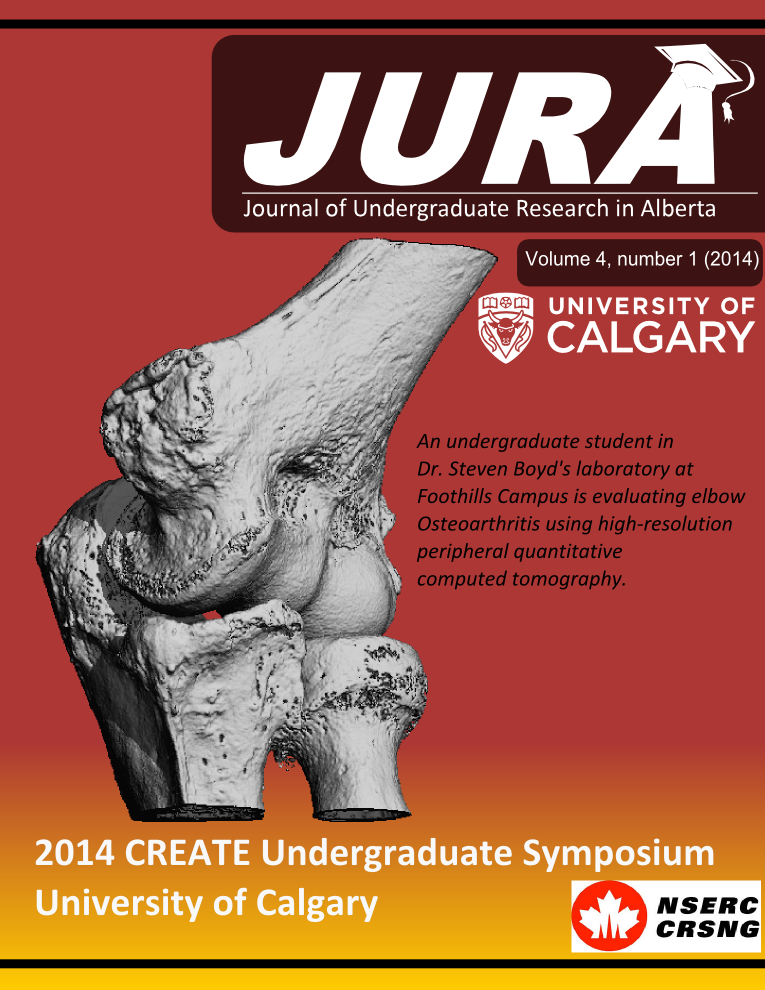DIET INDUCED OBESITY IS ASSOCIATED WITH INCREASED INTRAMUSCULAR FAT IN THE RECTUS FEMORIS OF RATS
Abstract
INTRODUCTION
A certain amount of fat is necessary for good health [1]. Excess fat is stored in fat cells that can become too large and die, causing a cascade of damaging catabolic inflammatory events [2]. Fat stored in muscle tissue due to disease, injury, age, inactivity, and obesity has been linked to metabolic dysfunction, muscle dysfunction, and mobility dysfunction [3]. Intramuscular fat is commonly quantified using a histological approach where paraffin sections are stained with hematoxylin and eosin (H&E). During this process fat is typically dissolved during a clearing step. Empty white vacuoles are presumed to be fat cells. Oil Red O (ORO) is considered the gold standard for fat staining. ORO is a fat soluble dye used on frozen sections where fat is typically preserved. The purpose of this project was to compare the ORO frozen fat quantification protocol to the H&E frozen fat approximation, and to examine the effects of a high fat/high sucrose diet and resultant obesity on intramuscular fat in the rectus femoris muscle of Sprague Dawley rats. We hypothesized that the H&E frozen approximation protocol would give similar fat percentages to those of the ORO frozen fat quantification, and that there would be an increase of intramuscular fat in the rectus femoris muscle of obese compared to lean rats.
METHODS
Twenty one rectus femoris muscles were harvested from 10 month old male Sprague Dawley rats. Some (n=12) of these rats were randomized to a high fat/high sucrose diet induced obesity group and received this diet for 6 months. The rest of the animals (n=9) were fed standard chow. The tissue was fixed in 10% formalin. A section from the mid belly of the tissue was cut, mounted in OCT compound, frozen in liquid nitrogen, and stored at -80 degrees. 10µm sections were cut using a cryostat at -20 degrees, and dried on slides at room temperature. Alternate slides were then stained with ORO stock solution (2.5g ORO and 400mL 99% isopropanol, heated and stirred for 2 hours, sit overnight), and ORO working solution (3 ORO stock: 2 distilled water, refrigerated at 4 degrees for 10 minutes). Sections were rinsed in distilled water for 3x5 minutes each, quickly rinsed in 60% isopropanol, stained for 20 minutes in the ORO working solution, then quickly rinsed in 60% isopropanol, followed by distilled water. Sections were counterstained for 1 minute in Harris hematoxylin, rinsed in tap water, and coverslipped with glycerol gelatin. The rest of the slides were stained with a standard H&E protocol. ORO sections were then imaged at 5x magnification and images were analyzed using a custom MatLab program. Statistical comparisons of the obese and lean rat’s ORO identified fat percentages were made using Kruskal-Wallis tests with α=0.05.
RESULTS
Visually the H&E frozen fat approximation protocol did not reveal similar fat identification to that of the ORO frozen fat quantification. ORO also highlighted more profiles that appeared to be associated with blood vessels and some localization of lipids within small muscle fibers that was not obvious in the H&E stained sections. Based on the ORO identified fat percentages the intramuscular fat content in the obese rats was statistically greater than the intramuscular fat in the lean rats (p<0.05).
DISCUSSION AND CONCLUSIONS
From these results the ORO frozen fat quantification is an improved method when compared to the H&E frozen fat approximation. From the ORO pilot results, it also seems that there is an increase of intramuscular fat in the rectus femoris muscle of the obese rats compared to the lean rats.
Downloads
References
2. Gomez et al. J. Molecular Endocrinology. 43:11-18, 2009.
3. Addison et al. J Endocrinology. 2014:1-11, 2014.
Downloads
Published
Issue
Section
License
Authors retain all rights to their research work. Articles may be submitted to and accepted in other journals subsequent to publishing in JURA. Our only condition is that articles cannot be used in another undergraduate journal. Authors must be aware, however, that professional journals may refuse articles submitted or accepted elsewhere—JURA included.


